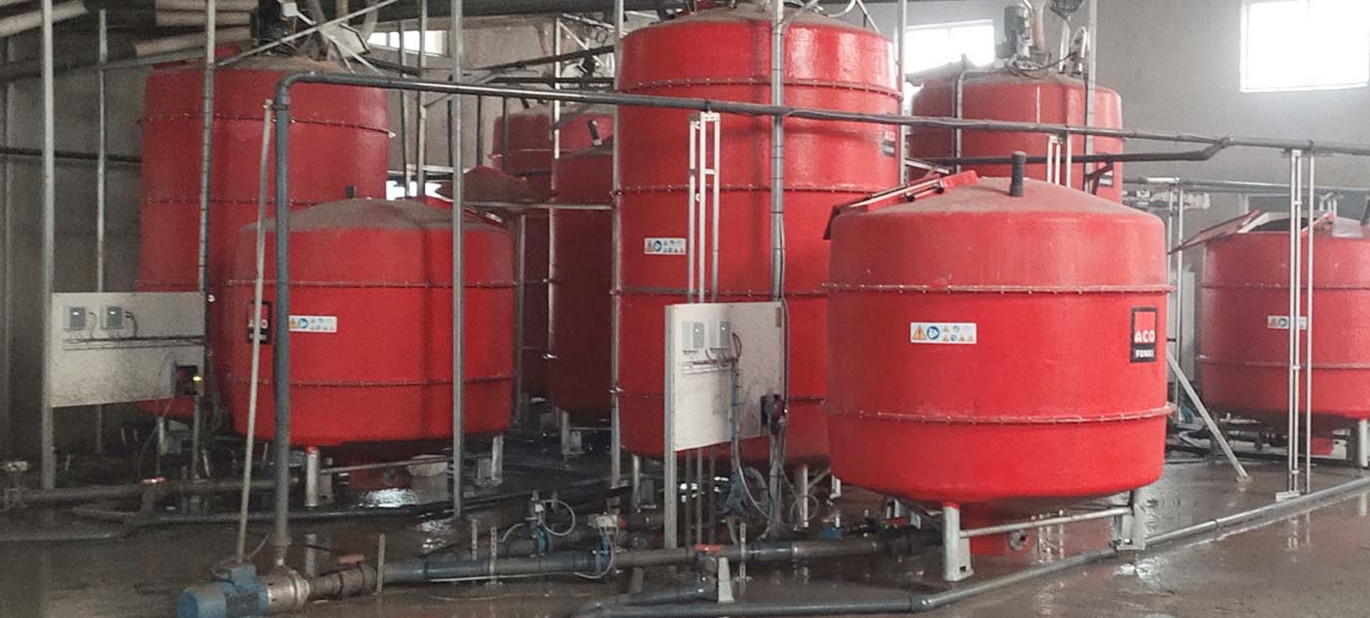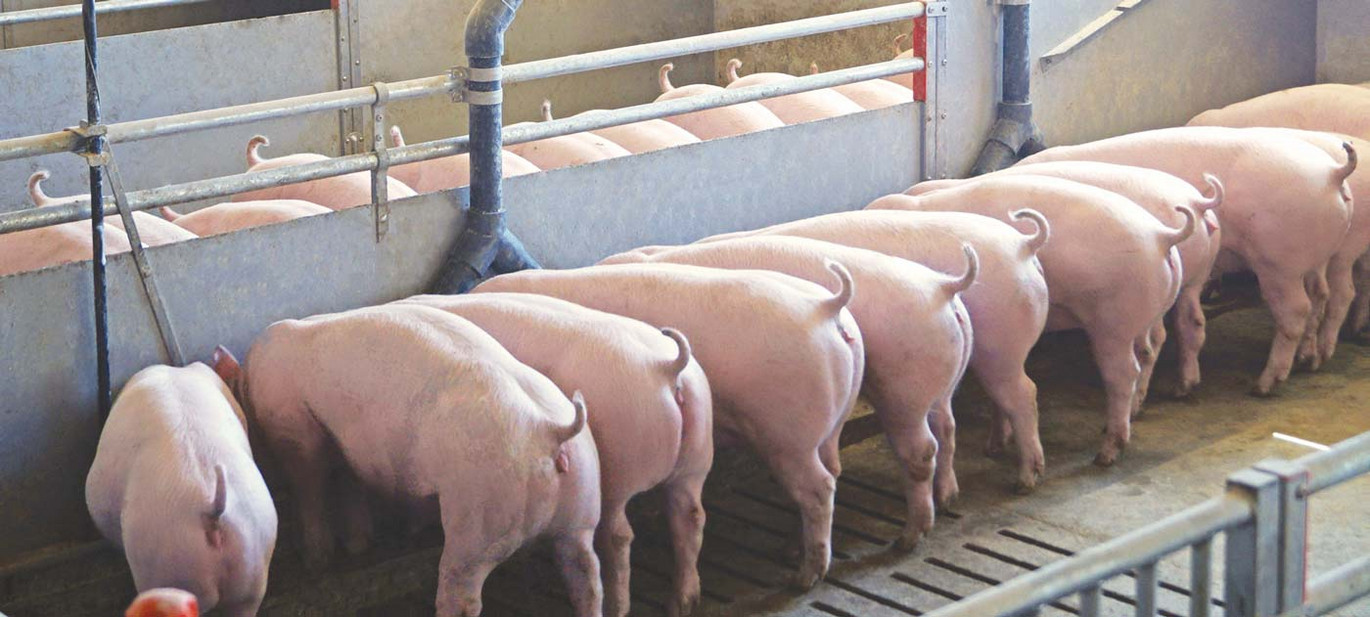Managing Feed Waste in Pig Production
There is a worldwide focus on responsible production and consumption, and not only consumers are finding new ways to reduce their food waste. In agriculture, efforts are also being made to reduce waste because less waste increases sustainability in production and benefits the farmer's turnover.
An example of reducing waste is found in feeding systems in pig barns. Pig producers worldwide face the same challenge of reducing feed waste in the barn as feed costs are the main cost in pig production.
Feed accounts for approximately 50% of costs on sow farms and up to 80% on finisher farms. The good news is that it is possible to reduce waste.
Through greater control of your feeding system, you can reduce feed waste and thus also feed consumption.
See our initiative below or explore all the cases in the case collection from Food Nation Denmark.
According to the Danish Pig Research Center, using the specially developed feeding systems and control of the feed consumption help to save 13,6 kg of feed per pig per year*:
| Description | Dry Feeding Ad-lib | Liquid Feeding | Difference per pig | |
| Per day | 30-110 kg | |||
| Daily growth, g | 949 | 959 | + 10 g | 1 kg |
| Feed conversion ratio Kg feed/kg gain | 2,75 | 2,58 | 0,17 kg | 13,6 kg |
| Meat percentage | 60,6 | 60,9 | +0,3% | |
| Saved feed cost per pig | Up to 5,5 EUR/pig | |||
Table 1: Feeding strategy and feeding method. Source: Danish Pig Research Center, Note no. 1073, table 5.
When comparing feed consumption per day per kg of growth, the restrictive liquid feeding achieved statistically lowest feed consumption per kg growth.
ACO FUNKIs feeding systems ensure a lower feed consumption by distributing only the necessary amount of feed leading to very little or no leftovers in the troughs due to a special design and control of the feed amount through sensor feeding.
Applying residual-free liquid feeding ensures no leftovers in the feed pipes after feeding. That means fresh feed for each feeding, and not a mixture of new and old feed. The result is less bacteria and infections in the stable and a reduction of medicine consumption by 50%. This contributes to a greener production and higher levels of product quality.
It is practically proved that the use of liquid feeding protects against salmonella.
Below, you can see the results from the Danish Pig Research Center:
| Liquid Feeding | Dry Feeding | Statistically safe | |
| Salmonella positive | 23,5% | 76,5% | P<0,05 |
Table 2: Test results with liduid and dry feeding. Source: Danish Pig Research Center, Note no. 9469, table 2
As you can see, salmonella was registrered only at 23,5% of all the pigs getting liquid feeding and at 76,5% of all the pigs getting dry feeding.
Liquid feeding systems are fully automatic and can provide at minimal cost, high accuracy, and fast food distribution. In our systems, you can mix up to 99 food components, and automatization of the cooking process allows making food with 50 different recipes. Using liquid feeding reduces water consumption in the pig farm and rationalizes the use of food, water, and medicine: liquid feeding greatly simplifies vaccination and treatment of animals.
Liquid feeding is particularly cost-effective for finishers because it is fattening, significantly increasing food costs. Liquid feeds are well assimilated by animals (especially piglets) which is a prerequisite for accelerating the growth of animals, so the pigs reach slaughter weight in a shorter time.

